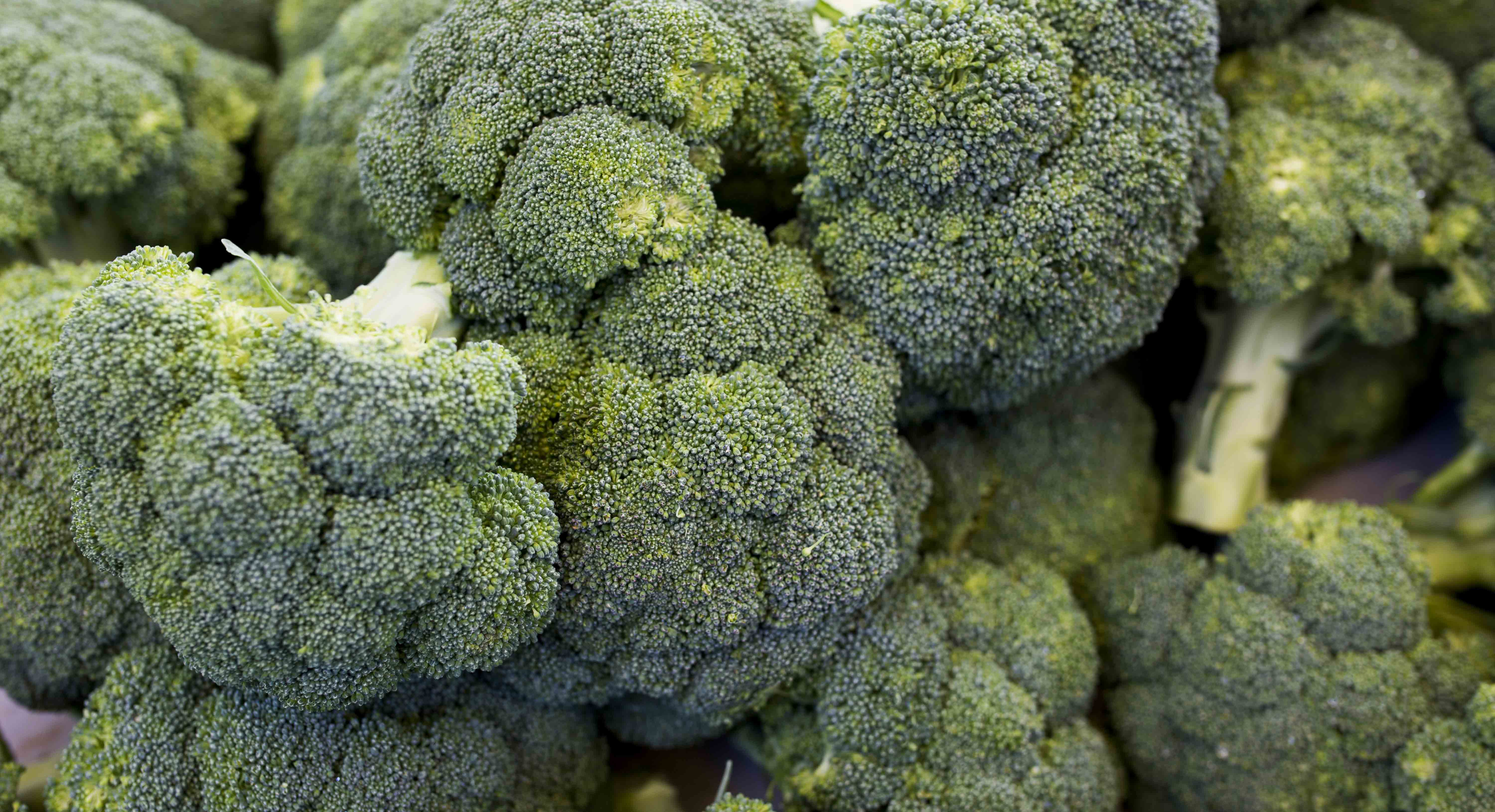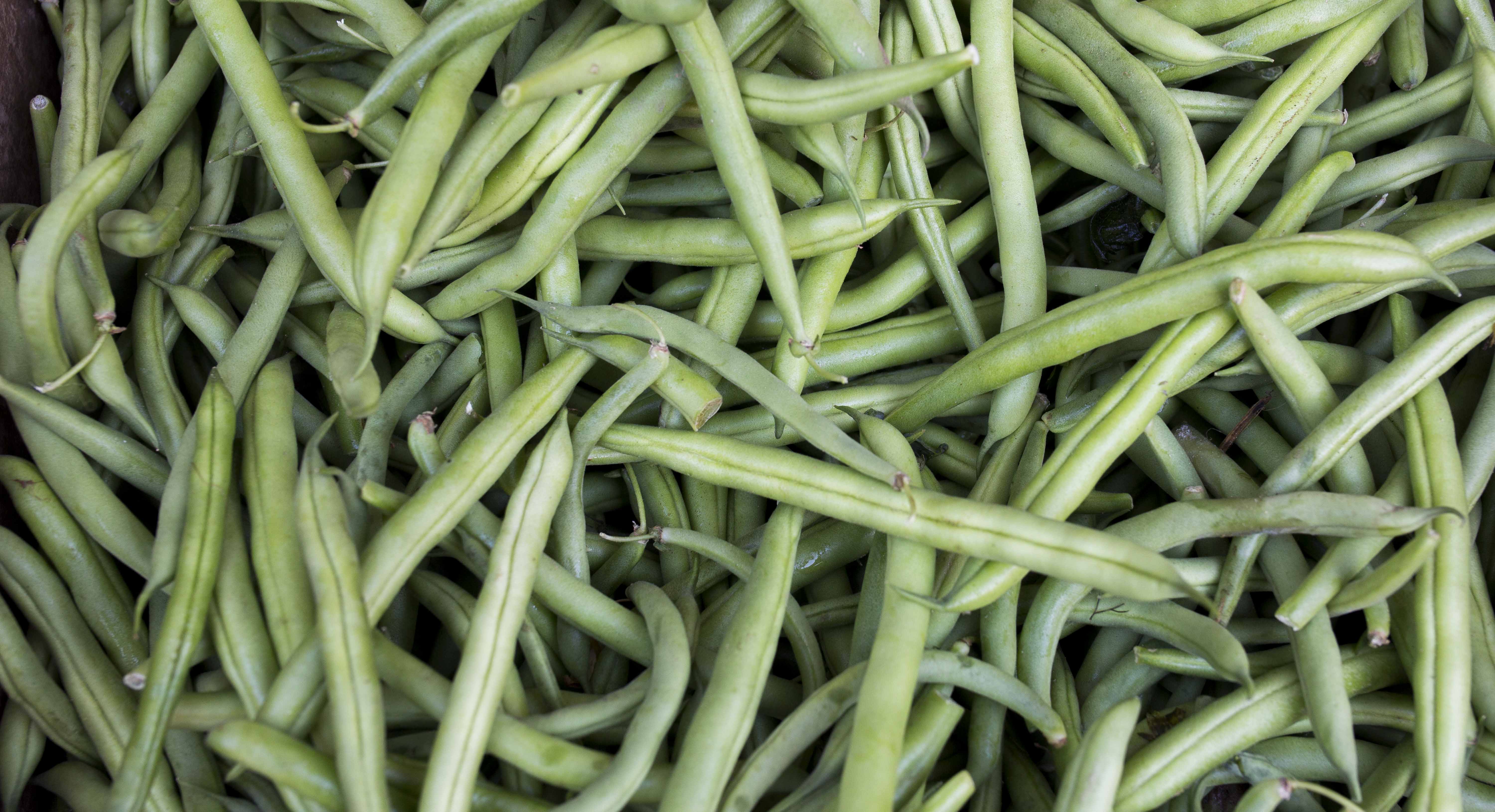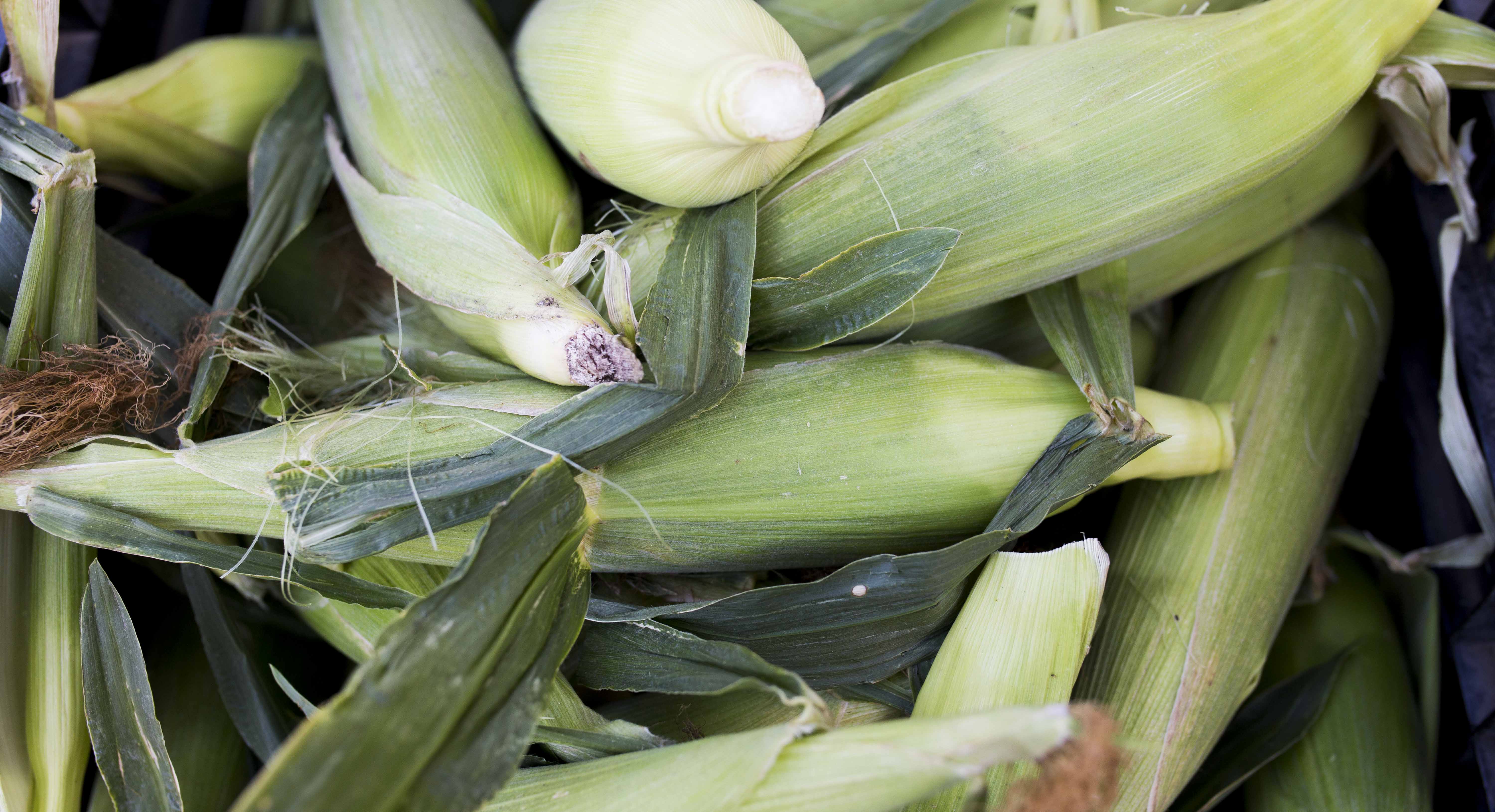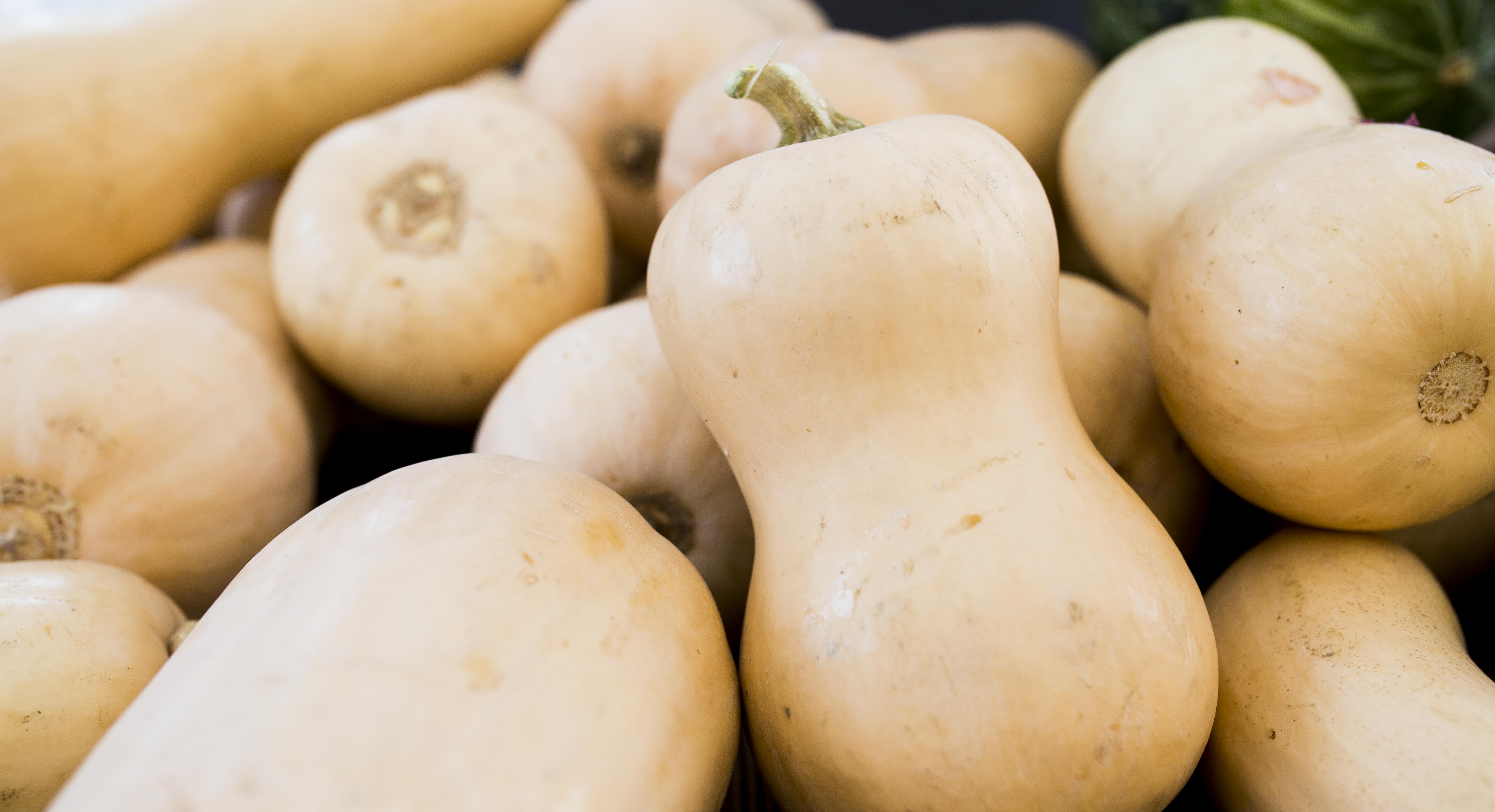Are vegetables the way of the future? Some think so, pointing to ongoing trends in plant-based eating as proof. University campuses now have sole plant-based dining halls; even Whole Foods is starting to put pea protein–based hamburger patties in their meat section—and quickly selling out of it.
The reasons behind the growth of our “veggie nation” are plenty—whether it be for moral beliefs, environmental safeguards, or just eating healthier, there’s no denying how good it can be for both the earth and its humans. New studies even show that replacing some of those meat-based meals with plant-based protein can save your life since vegetables are packed with nutrients, vitamins, minerals, and antioxidants that can help ward off some disease and other health issues.
But, there’s no need to stick to boring salads each and every day. A little recipe research will provide limitless ways to get creative with vegetables in the kitchen and allow you to adapt a number of your favorite dishes with a few swaps. Use this handy guide (and our pinnable chart below) to figure out which produce is in season, and then plan all your new favorite meals accordingly.
WINTER
The first frost may be a signal to put your flower beds to rest, but not all plants go into hibernation. This season still provides a bounty of healthy, hearty vegetables that can be used for warming soups, stews, and tasty finger foods for all the upcoming holiday parties.
Sweet potatoes
Regular russets are no match for sweet potatoes, which taste great fried, mashed, hashed, and even as chips. While regular potatoes mature quickly, it can take sweet potatoes several months to finally reach peak freshness, making this Paleo-friendly root crop readily available during the early winter months. Each serving offers:
- A good amount of vitamin A, which leads to improved vision
- Plenty of dietary fiber, known to help improve digestion
- Several B vitamins that can help to improve metabolism and energy
- A source of potassium, a mineral that can naturally lower blood pressure and improve bone density
TRY: Sweet Potato Latkes
Turnips
Turnips are considered an all-season vegetable, but they thrive in colder weather (as opposed to the summertime heat, which can cause the plant to wilt). They taste great roasted, mashed, and in soups, making them ideal for a winter feast. For maximum nutrition, eat the traditional bulb as well as the green stem to get all of the potent vitamins and minerals, including:
- Antioxidant-rich vitamin C, offering a boost to the immune system
- Calcium for improved bone health
- A good dose of folate, a B vitamin that’s imperative during pregnancy and can also alleviate the symptoms of anemia
TRY: Lemon-Ginger Chicken Zucchini Noodle Soup
Cabbage
This European staple thrives in the cold climates of Poland, Russia, and Germany, where it’s used in salads, slaws, and often pickled to become sauerkraut. It’s offered in both green and red colors (each with different textures and tastes), and both offering a number of health benefits:
- Strong source of iron, which helps move oxygen throughout the body, creates red blood cells, and improves protein synthesis
- Plenty of vitamin K, which helps blood to clot and supports bone health while reducing the risks of osteoporosis
- Good concentration of manganese that helps the body to process cholesterol, carbs, and protein
TRY: Braised Cabbage with Pears
SPRING
Spring is a season reflected by nature’s growth, which extends to the vegetable world, too. As winter begins to break away and warmer weather peaks out, new and colorful crops will start to be harvested and give a taste of what’s to come in summer.
Radishes
Long considered a decorative garnish, radishes have become more respected as a hearty addition to many dishes in recent years with the rise of foodie culture. Add to soft corn tacos for crunchy texture, cut up into rounds for a hummus plate, or add on top of a crab or chicken salad sandwich. Radishes mature quickly, so they make a great garden staple, too, as you begin to consider your seeds for the year. Here’s more of what these tasty root veggies provide:
- High water content, which, like watermelon, makes it instantly cooling and hydrating to the body
- Good source of zinc, the number-one mineral for immunity and fighting off that cold that may still be lingering from wintertime
- Quality amounts of magnesium to help promote better protein synthesis, energy levels, and control over blood glucose
TRY: Soba Noodles with Roasted Radishes, Edamame, and Ginger-Chive Butter
Broccoli
The Italians have given us a number of kitchen staples like pasta, good wine, and—broccoli. This cruciferous vegetable has long been grown in the Calabria region of the country and was made popular in America by immigrants that had settled here. There are a few unique varieties including broccolini (thin stalks) and broccoflower (a hybrid with cauliflower). It’s quite versatile—used in everything from stir-fry to pasta salads—and can offer a good amount of nutrients any way you cook it, including:
- The flavonoid known as kaempferol, which has been seen to be an anti-allergen and can help calm the body’s immune system response, which can cut down on inflammation
- Incredible source of vitamin K, which promotes good blood flow
- Strong concentration of vitamin C, which promotes better immune system function
TRY: Garlic-Parmesan Roasted Broccoli
Collard greens
Home-style Southern cooking relies on this staple to round out a full meal. But unlike the fried chicken, mac and cheese, and hush puppies, collard greens have a ton of nutritional value. So when you go for seconds, fill up on these greens to get these important dietary aids:
- Each serving has as much as five grams of protein, the fundamental building block of the human body responsible for building muscle, tissues, and skin
- More than 250 percent of the daily recommended value of vitamin A, which promotes better vision and healthier skin
- High levels of calcium for better bone strength and more density
TRY: Steamed with a dollop of butter
SUMMER
Summer is considered one of the best times of the year for fresh produce when sunlight is ample and the weather is temperate, allowing for a good growing season. It’s when farmers markets come to town, allowing you to find the freshest stock, and fairs and carnivals serve up trademarks like elote (street corn), kebabs, and fried okra.
Green Beans
There’s no shortage of variety when it comes to green beans—from string beans to snap beans, French green beans to wax beans, this versatile vegetable goes well with most meals. More importantly, each serving offers:
- Low glycemic index, so eating them won’t cause any disruptive spikes in blood sugar
- Dietary fiber, which helps with digestion and leaves you feeling full longer after the meal
- Omega-3’s, which promote better heart health and cognitive function
TRY: Green Bean and Hazelnut Salad
Cucumbers
Added to refreshing spa waters or brined for crunchy pickles, perhaps nothing screams summer more than cucumbers. In the same family as seasonal fruits like cantaloupe and watermelon, this veggie is made of a large concentration of water, which makes it instantly cooling and hydrating (so save a few slices to put over your eyes when it gets really hot). Here are some other benefits:
- Has large stores of flavonoids, lignans, cucurbitacins, all known to have incredible anti-inflammatory and anti-cancer benefits
- High levels of potassium can promote better blood pressure and improved heart health overall
- Strong presence of vitamin C that can support the immune system
Corn
Also known as maize, corn may be one of the oldest vegetables on record, first cultivated by the indigenous people of Mexico around 10,000 years ago. It grows in “ears,” which are protected by thick husks that can also be used for a multiple purposes like textiles and decor. Whether grilled, mashed for polenta, or ground for cornmeal, this slightly sweet vegetable provides a number of beneficial properties:
- A good source of protein—one ear contains at least five grams, which will make you feel fuller longer and support the growth of muscles and tissue in the body
- Rich antioxidants including lutein and zeaxanthin that promote vision health and better defense against free radicals that can break down cells
- Quality concentration of phosphorous, which has a role in genetic cell responses and cuts down on acid buildup
TRY: Grilled Corn with Chipotle-Lime Mayonnaise
Summer Squash
While butternut squash is a hallmark of the fall season, summer offers yellow squash and zucchini that taste great grilled and in light salads, in baked goods, or even try spaghetti squash for a carb-free alternative in pasta dishes. All are packed with nutrition, including:
- A good dose of vitamin B6, leading to improved energy and better metabolic function
- Excellent source of copper, which balances out cholesterol and produces energy at the cellular level
- Good concentration of manganese that helps the body to process cholesterol, carbs, and protein
TRY: Zucchini Pizza Boats
FALL
Just like pumpkin and apples scream fall, veggies also have their hallmark moments during this season. Heartier options like gourds not only taste great but also add a sense of pomp to the seasonal dinner table.
Brussels sprouts
As children, these mini-cabbages were one of the least popular veggie options; but by adulthood, when we learn how to make them properly (with bacon and cranberries), there seems to never be enough to go around the table. Here are some key reasons to stock up:
- Strong levels of vitamin K to ensure proper clotting of blood and better protein synthesis
- Good concentration of vitamin B1 to help promote metabolic function and improve energy levels
- Tons of dietary fiber to fill you up and help with digestion
TRY: Salt and Vinegar Brussels Sprouts Chips
Butternut squash
This type of squash is so flavorful, it can be pureed all by its lonesome and make a quality one-ingredient soup. Roasted butternut squash also tastes great in ravioli and risotto dishes, and with just a touch of cinnamon can be transformed into something sweet. Any way you choose to enjoy it, here’s what you will get in each serving:
- Vitamin A—just like carrots and sweet potatoes, the rich orange hue is actually reflective of the rich stores of this nutrient, valued for its vision health benefits
- Potassium that manages blood pressure and contributes to overall heart health
- Dietary fiber that helps improve digestion and nutritional absorption
TRY: Roasted Butternut Squash with Maca Cream Sauce
Cauliflower
Also a member of the cabbage family, this cruciferous veggie grows well with cooler climates, which is good because it’s an incredible swap for carb-rich foods when you want to load up in the fall and winter. Try cauliflower rice, “noodles” for mac and cheese, and even a dough-less pizza crust. Here are some more reasons you’ll want to make the switch:
- Provides 77 percent of the daily recommended value of vitamin C, promoting stronger immunity and reducing risk of illness
- Good source of protein, especially for meat-free eaters
- High levels of riboflavin and thiamin, both B vitamins that help the body convert food into fuel for energy









